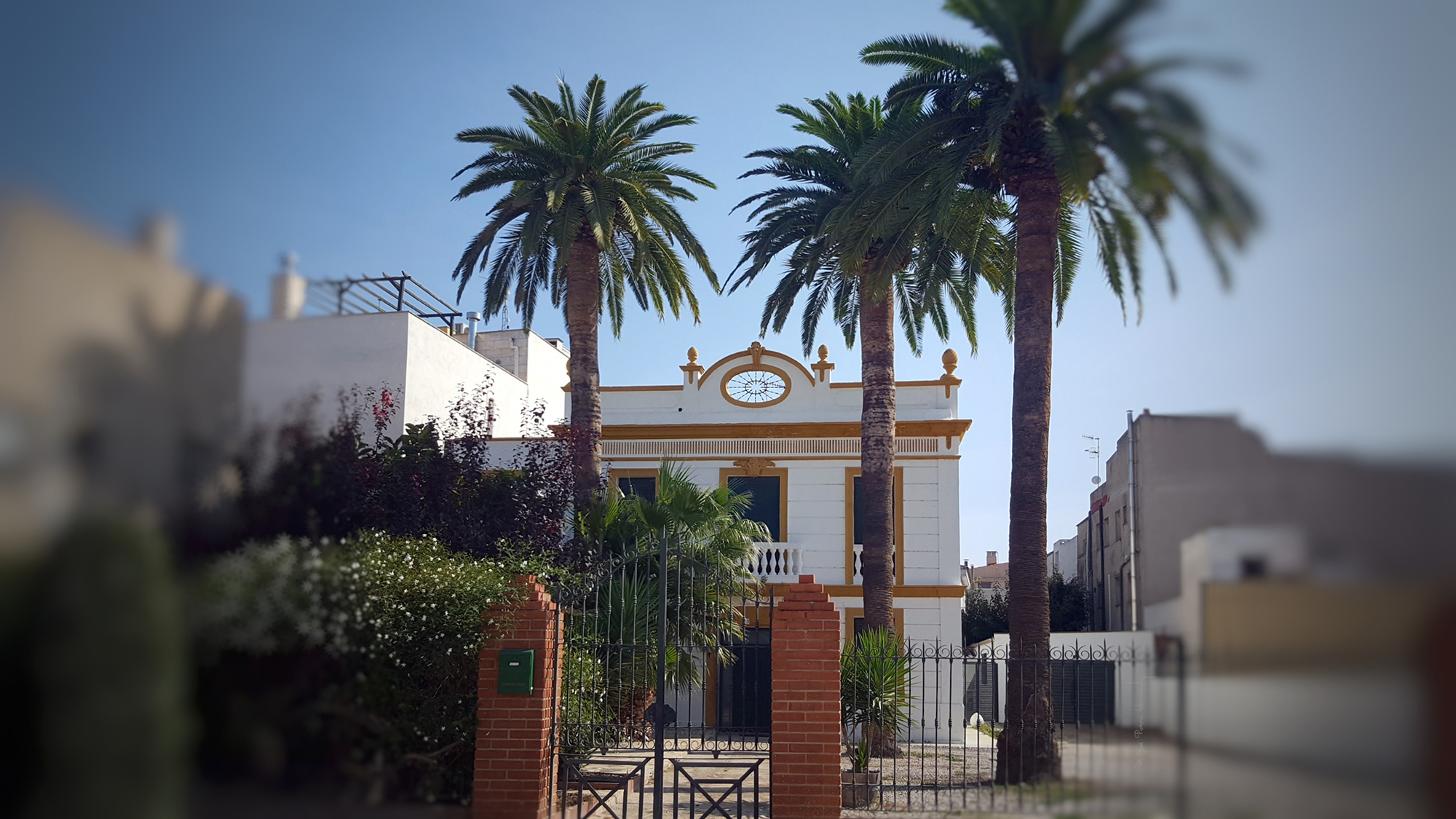Come and meet us
The village extends along the banks of the river Ebro. Whether you come from Amposta or from the Lo Pasador bridge, the Carrer Major crosses it from side to side. Today this road is the main axis of the town, where you can find most of the shops and restaurants. It is the street of the church, where the band pass during de festivities and the processions in Easter; the floats for Carnival … Sant Jaume has about 3.600 inhabitants and among its most outstanding buildings we can find “El Xalet”, in the centre of the village and other constructions of traditional architecture that preserve some of the rural elements such as the wells, the cisterns and the wood ovens.

A large part of the village is close to the river, which has a privileged recreational area in the Paseo Fluvial. From the jetty, the boats of the rowing club ply the waters of the Ebro. This space has become a meeting point and a place for sport and also for celebration when in September the Som Riu is held to commemorate the inauguration of Lo Pasador in 2010. It is also the setting for two of the most important celebrations in the Delta, the La Plantada and La Sega festivals.

In Sant Jaume there is an active cultural and social life and various sporting entities. The festivities are also an important part of the life of the town. In July, around Sant Jaume, the Festa Major takes place, but there are many more, the Segregation Day, the Plantada Day, Som Riu…

What else is there to know about Sant Jaume

Barraques Interpretation Centre
To know how the country houses were in the Ebro Delta more than fifty years ago, you have to visit this centre where the popular architecture of this territory is explained, how the huts were built, the materials used, the different uses they had … and how they have been recovered in the last years. Don’t miss this historical and cultural tour that shows how the delta was and is.

River walk
The river bank is one of the most pleasant places in Sant Jaume. The path that goes from Amposta to the mouth is ideal for walking or cycling. From the Sant Jaume pier, next to the Lo Pasador bridge, you can walk through riverside woods and stop in the areas that have been prepared, enjoying the company of the river.

Lo Passador
The bridge has become an emblem and an infrastructure that is fully integrated into the life of the Delta. What’s more, taking a walk when evening falls, admiring the sunsets from its highest point, taking a stroll through Deltebre, the neighbouring village … is already part of the daily life of the inhabitants of the Delta. And it is a good recommendation for visitors.

Shops and services
In the village you can buy everything: vegetables, traditional sweets, rice and other local products. There is also an outstanding gastronomic offer and you can try the excellent cuisine of the delta in the various restaurants of the municipality. On the other hand, there is a pharmacy and medical services, hairdressers and shops of all kinds to cover any need. And Friday is the day of the weekly market.

The surroundings
The territory of Sant Jaume is basically rural and the main activity is rice, although you can find orchards, olive fields and fruit trees in abundance. The walk around the village shows large extensions of rice fields that define the landscape according to the seasons and determine the activities of the municipality. If you would like to know more about rice cultivation, we invite you to participate in the festival of La Plantada, which is held every June, and the festival of La Sega, which takes place in September.

A little bit of history
Sant Jaume was a territory of Tortosa, as was the whole of the Ebro Delta, until 1978, when it was segregated. It is celebrated every year for Sant Joan with dances and bulls. Within the municipality of Sant Jaume there was the old port of Tortosa called Port Fangós which became unusable in the middle of the 14th century due to the accumulated mud that made it impracticable.

